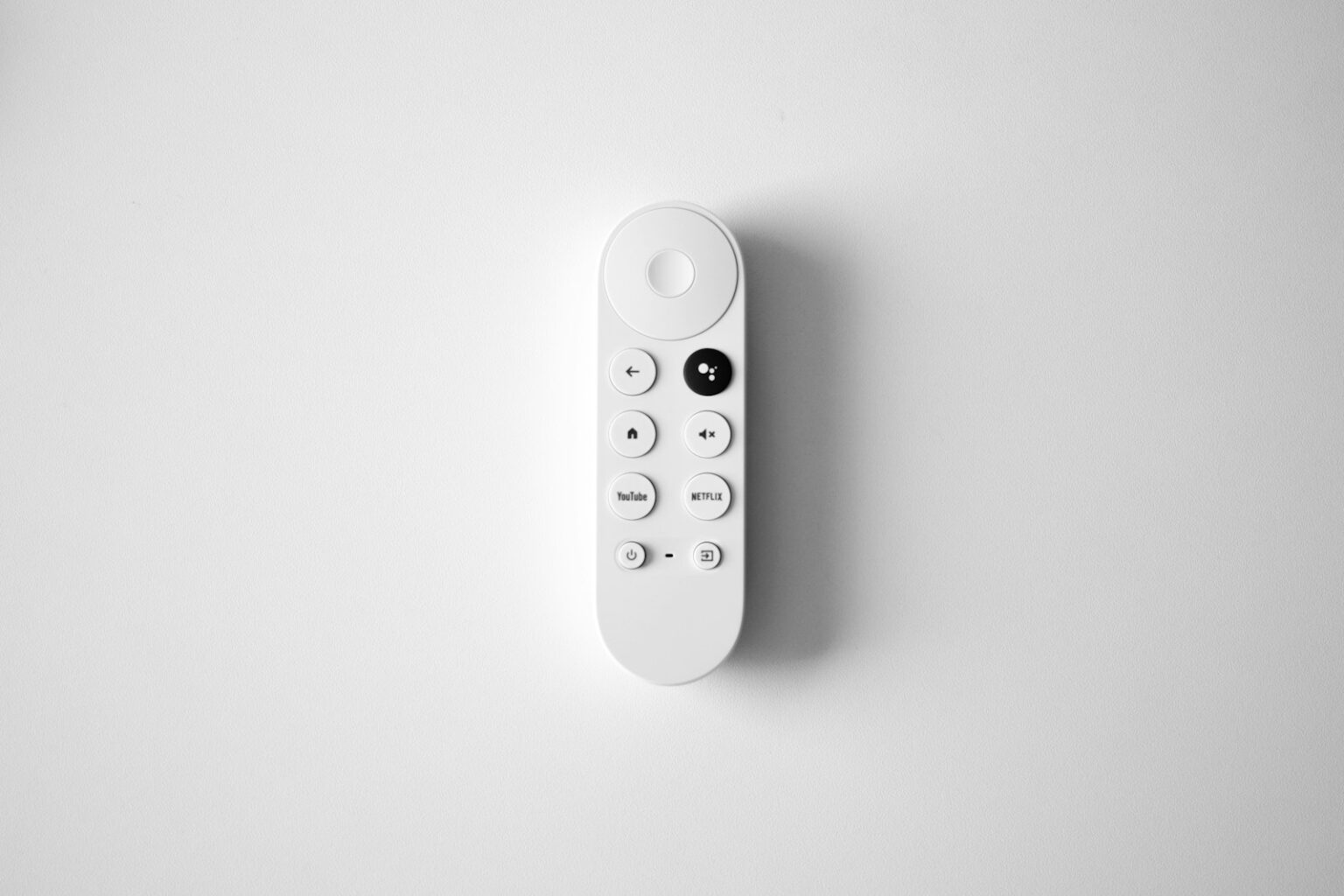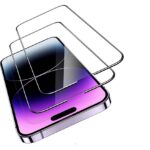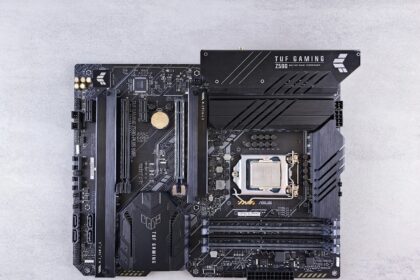The small dongle from Google plugs into an HDMI port and turns any TV into a smart screen. This chromecast google streaming device pulls media from your phone, tablet, or laptop so you can enjoy apps, music, photos, and video on the big screen.
When a Cast-enabled app shows the Cast button, your phone sends the stream URL and the device handles playback. That means your phone can sleep while the tv keeps playing, and the streaming stays smooth without tying up your mobile battery.
Modern models, like the one with Google TV, add a remote that can control power and volume via HDMI‑CEC. Expect simple setup, multi-device control around the home, and easy access to your favorite content — a friendly way to upgrade your viewing experience with familiar devices.
Chromecast Explained: The Streaming Device That Puts Content on the Big Screen
A compact streaming stick turns any HDMI-equipped set into a modern entertainment hub for your living room. This small plug fits into a TV port and uses Wi‑Fi to pull media from popular services.
Open a supported app on your smartphone or tablet, tap the Cast icon, choose your chromecast google, and the chosen content plays on the big screen. Your phone acts like a remote to pause, skip, or queue shows without handling extra remotes.
Because the google chromecast streams from the network, your handheld can sleep while the TV keeps playing. That saves battery and keeps playback smooth.
- Works with netflix youtube, Spotify, YouTube Music and many household apps.
- Move between rooms if each TV has a compatible device and shares the same Wi‑Fi.
- Requires an HDMI port and power so the gadget stays ready to receive a cast.
| Feature | Why it matters | Example |
|---|---|---|
| Network streaming | Independent playback from phone saves battery | Watch a movie while phone charges |
| Simple controls | Use familiar handheld to control content | Play, pause, skip from smartphone or tablet |
| Wide app support | Many services include google cast for quick start | netflix youtube and music apps |
How Chromecast Works Under the Hood
When a compatible sender finds the receiver on Wi‑Fi, the real streaming happens between the web service and the device. This process uses the google cast protocol so apps can hand off a media URL and let the receiver fetch the stream directly.
Google Cast protocol and Wi‑Fi connectivity
The sender discovers receivers on the same network and shows a Cast icon in supported apps. Tapping that icon shares the URL; the receiver then negotiates formats, bitrates, and audio modes with the service.
Casting vs. mirroring
Casting sends the direct stream so the phone can sleep and the battery lasts longer. Mirroring duplicates your screen, uses more CPU, and often lowers resolution.
Resolutions, HDR, and audio
Tab casting from Chrome tops out at 720p. Supported site casting can reach 1080p and may deliver 5.1 surround. The 4K model of chromecast google supports 4K HDR on compatible TVs.
- Multiple devices on the same Wi‑Fi can control a session.
- The receiver runs lightweight software; the Google TV model adds a full operating system for apps.
- This design keeps video smooth, reduces buffering, and lowers sender CPU and battery use.
| Step | What happens | Why it matters |
|---|---|---|
| Discovery | Sender finds receiver via local network | Quick connection and visible Cast icon in apps |
| Handoff | App sends media URL to receiver | Receiver streams directly, saving sender battery |
| Playback | Receiver negotiates formats and plays stream | Higher quality and 5.1 or HDR when supported |
Set Up Your Chromecast with the Google Home App
Start by plugging the streaming puck into an open HDMI port on your TV. Connect the included power cable to the dongle and the wall adapter for stable power.
What you need
Make sure the TV has an available hdmi port, a reliable Wi‑Fi network, and the phone or tablet you’ll use to set up the chromecast google.
Initial setup steps in the Google Home app
- Open the google home app or the home app on your phone.
- Tap Add > Set up device > New device, then follow on‑screen prompts.
- Select the matching device, confirm the code on screen, choose the Wi‑Fi, and give the unit a name like “Living Room TV”.
Enable TV controls and pair the remote
To let the remote control power and volume, enable HDMI‑CEC in your TV settings. Then follow pairing steps in the app for the Chromecast with Google TV remote.
- Place the unit where Wi‑Fi signal is strong for best performance.
- In Chrome on desktop, find Cast under the three‑dot menu to mirror tabs.
- Add household members in google home so multiple devices can launch content on the same network.
| Step | What to check | Why it matters |
|---|---|---|
| Physical hookup | HDMI port, power cable, adapter | Stable power and correct input prevent setup faults |
| App flow | Open app, add new device, confirm code | Smooth pairing and correct Wi‑Fi choice |
| Controls | Enable HDMI‑CEC, pair remote | Use one remote for power and volume |
How to Use Chromecast to Stream Content from Your Phone, Tablet, or Computer
Tap the Cast icon in a supported app to send video from your smartphone or tablet to the TV in seconds. This hands-off method lets the TV fetch the stream so your handheld can sleep or switch apps without interrupting playback.
Cast-enabled apps: netflix youtube, Spotify, and the Cast button
Open a streaming app that shows the Cast symbol. Pick the matching device and playback appears on the screen.
- Spot the Cast button: usually near playback controls or the player.
- Popular services like netflix youtube and Spotify use native casting for best quality.
- Native casting reduces battery drain and improves reliability versus mirroring.
Casting from Google Chrome: tab, desktop, or local files
In Chrome, choose Cast from the three‑dot menu. Send a browser tab, play a local file, or mirror your desktop when a site lacks native support.
Expect limits: tab casting tops out at 720p. Supported site casting can reach 1080p and even 5.1 surround for compatible titles.
Playback controls: volume, scrub bar, lock screen controls, and multi‑device control
Use your phone to change volume, drag the scrub bar, or pause. Android offers lock screen controls for quick access.
Multiple devices on the same Wi‑Fi can join the session to pause, resume, or take over—handy when friends arrive for a watch party.
| Method | Max resolution | Best use |
|---|---|---|
| Tab casting | 720p | Quick sharing of browser content |
| Site/native cast | 1080p / 5.1 | High‑quality video from supported services |
| Mirroring | Varies | Show full screen or apps without native cast |
Quick fixes: confirm both devices use the same Wi‑Fi, update the app, and check the chromecast google is powered and visible. Prefer native casting for the smoothest results from your smartphone or tablet.
Chromecast Models and Features: HD, 4K, and Chromecast with Google TV
Google’s current lineup offers two clear choices: an HD model for budget rooms and a 4K option for main sets. Both include the same familiar interface, a handheld remote, and on‑device apps through the Google TV experience.
The HD unit tops out at 1080p. The 4K model adds sharper video and HDR on compatible TVs. As of 2023 pricing, expect $29.99 for HD and $49.99 for 4K.
What the operating system adds
The built‑in operating system gives a full launcher with personalized rows, direct app installs, and search across services. That means you can start streaming without a phone and enjoy lightweight games or casting from other devices.
Legacy options and U.S. availability
Older third‑gen models and the Ultra are discontinued new in the U.S. You can still find them used; the Ultra supported 4K/HDR when sold.
- The box includes the HDMI‑connected dongle and the required power cable.
- Both modern variants support HDR where the display allows brighter highlights and richer color.
- HD suits bedrooms and budget setups; 4K fits living rooms that demand premium picture quality.
| Model | Max resolution | Best fit |
|---|---|---|
| Chromecast with Google TV (HD) | 1080p | Budget rooms, secondary TVs |
| Chromecast with Google TV (4K) | 4K + HDR | Main TV, cinematic viewing |
| Older models (used) | Varies, Ultra: 4K/HDR | Collectors or second‑hand deals |
What You Can Do with Chromecast Beyond Video
Turn your TV into a versatile hub for music, photos, presentations, and light gaming with simple casting from phones or laptops. These extras make the screen useful for daily life, parties, and work without extra cables.
Music, photos, presentations, and games on the big screen
Send playlists, podcasts, or internet radio from apps like Spotify to the living room speakers. Streaming via the TV delivers steady, clean audio for parties or background listening.
Cast albums from Google Photos to run slideshows. The display doubles as a digital frame during family events or casual gatherings.
Mirror your desktop for slides and demos. Present from a laptop to fill the screen and avoid adapter hassles.
Play select casual games that use your smartphone or tablet as the controller. The shared display makes it easy for friends to join in.
- Any device on the same Wi‑Fi can add songs or photo albums.
- Swap from music to a slideshow or a browser demo without changing inputs.
- Use your phone or tablet for quick casting in workouts, recipes, or larger video calls.
| Use | How to start | Best for |
|---|---|---|
| Music | Open a cast-enabled app, pick the device | Playlists, podcasts, background audio |
| Photos | Choose albums in Google Photos, tap Cast | Family slideshows, ambient displays |
| Presentations | Mirror desktop from Chrome or use cast-ready services | Meetings, demos, classroom use |
| Games | Launch supported title, use phone as controller | Casual party games with friends |
Is Chromecast Right for You?
If your current TV lacks built‑in apps, adding a small streaming puck brings modern services and a simple menu to any screen. This makes sense for people who want familiar navigation and quick access to popular services without buying a new TV.
Who benefits most
Non‑smart TVs and monitors gain instant app support. One device can turn a spare monitor into a streaming screen for dorms, offices, or guest rooms with little clutter.
Homes that use google assistant enjoy voice control to start shows, pause playback, or launch apps hands‑free. That boosts convenience for busy households.
- If your TV already runs Google TV, adding another unit may not improve the overall experience.
- Prefer a couch‑side remote and a simple interface? The model with an included remote fits that preference.
- Want portability? One unit moves easily between rooms or travels with you to use on any HDMI screen.
Consider how you watch content: if most viewing happens on a smartphone or tablet, this device makes casting effortless for group viewing. Quick rule of thumb: missing apps, voice control, or a clean on‑screen operating system usually means a google chromecast will be worth it.
Tips, Troubleshooting, and a Better Casting Experience
Keep your streaming sessions smooth by tuning the home network and choosing native google cast over screen mirroring for most content. Native casting yields higher resolution, steadier audio, and lower battery use on the sending device.
Improving Wi‑Fi performance and when to mirror vs. cast directly
Place the device within good range of the router and prefer 5 GHz for less interference. Move obstructions and reduce simultaneous heavy uploads or downloads to cut buffering.
Use mirroring only for sites or demos that lack built‑in cast support. For movies and music, pick native casting in supported apps like netflix youtube for the best quality.
Voice control with Google Assistant and using the TV’s remote via HDMI‑CEC
Set up and manage the unit with the google home app or the home app to rename rooms, check networks, and run basic fixes. The Google TV remote can control TV power and volume over hdmi‑CEC, though brands vary in capability.
- Use Android lock screen controls for quick playback changes.
- Multiple household devices can control the same session.
- Check the adapter for stable power and confirm the TV input uses the correct hdmi port.
| Issue | Quick check | Fix |
|---|---|---|
| Cast icon missing | Same Wi‑Fi? App up to date? | Restart router, relaunch apps, reopen google home |
| Low resolution | Using tab casting? | Use site/native google cast or cast file from Chrome |
| Remote won’t power TV | HDMI‑CEC enabled on TV? | Enable CEC, re‑pair remote in google home app |
Conclusion
Move shows, playlists, and photos from phone or tablet to the big screen in seconds. A compact puck makes it simple to use chromecast to bring favorite apps and video to any HDMI display with little fuss.
Casting hands off playback, so the sending device can sleep while the device streams content directly. Pick native casting for best quality; mirror only when needed and keep Wi‑Fi strong for stable streaming.
Choose HD or 4K models—both support HDR and include a remote that can control TV power via HDMI‑CEC. With the friendly interface and google operating system, one chromecast travels between rooms and modernizes any screen without replacing your set.
Ready to try? Plug in, follow setup, and start enjoying content from your favorite apps on the big screen with confidence in google chromecast.
FAQ
What do I need to set up a Chromecast?
You need a TV with an available HDMI port, a stable Wi‑Fi network, the power cable or adapter that comes with the device, and the Google Home app installed on a smartphone or tablet to complete initial configuration.
How do I connect and configure a Chromecast using the Google Home app?
Plug the device into the TV’s HDMI port and power it. Open Google Home, tap Add > Set up device, follow on‑screen prompts to find the device on your network, name the device, and sign in to your Google account.
What’s the difference between casting and screen mirroring?
Casting sends media from an app (like YouTube or Netflix) directly to the streaming device, so the TV streams the content. Mirroring duplicates your phone or computer screen on the TV and uses your device’s resources and battery.
Can I stream in 4K HDR and surround sound?
Models that support 4K HDR can play higher‑resolution video and compatible HDR formats, and they can output multichannel audio like 5.1 when the source app and TV/receiver support it.
Which apps support casting?
Popular apps such as Netflix, YouTube, Spotify, Disney+, Hulu, and many others include a Cast button that lets you send video or audio to the big screen via the device.
How do I cast from Google Chrome on my computer?
Open Chrome, click the menu, choose Cast, then select the device. You can cast a tab, the entire desktop, or supported local files to the TV.
Does the device come with a remote and an operating system?
Chromecast with Google TV includes a remote and runs Google TV, an Android‑based interface with apps and recommendations. Basic models without Google TV rely solely on casting from other devices.
Can I use voice control with Google Assistant?
Yes. Chromecast with Google TV supports Google Assistant via the remote mic or compatible smart speakers, so you can search, control playback, and launch apps with voice commands.
How do I improve casting reliability and video quality?
Improve Wi‑Fi by moving the router closer, using a 5 GHz band, or using an Ethernet adapter if supported. Reduce network congestion and update apps and the device firmware for best results.
What if the TV doesn’t respond to the Chromecast remote?
Enable HDMI‑CEC in your TV settings so the TV and device can share controls. In Google Home, you can also configure remote pairing options to control power and volume.
Can multiple people control playback on the same device?
Yes. Guests on the same Wi‑Fi network or signed into the same Google Home instance can cast to the device and use playback controls from their phones or tablets.
Is the device compatible with older or non‑smart TVs?
Absolutely. The streaming device turns an HDMI‑equipped TV or monitor into a smart display, providing apps, streaming, and casting features without built‑in smart TV software.
Can I show photos, slides, or play casual games on the big screen?
Yes. You can cast photos from Google Photos, present slides from compatible apps, and play simple games that support casting to the TV for a shared experience.
How do software updates and security work?
Google periodically pushes firmware and security updates to the device automatically when it’s online, improving features, performance, and safety over time.






















